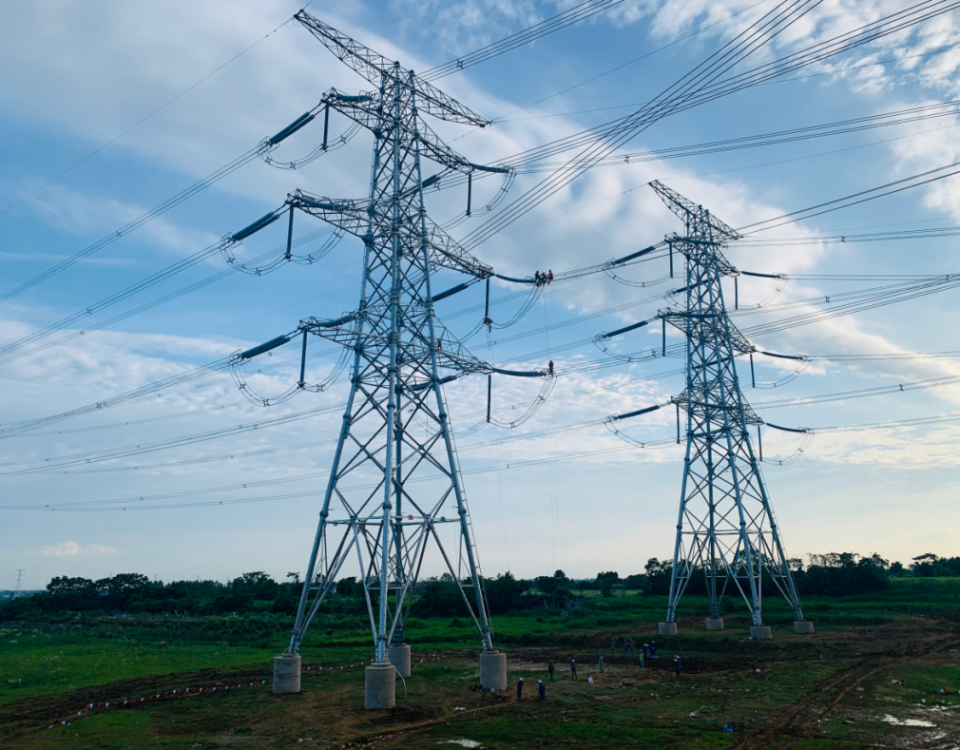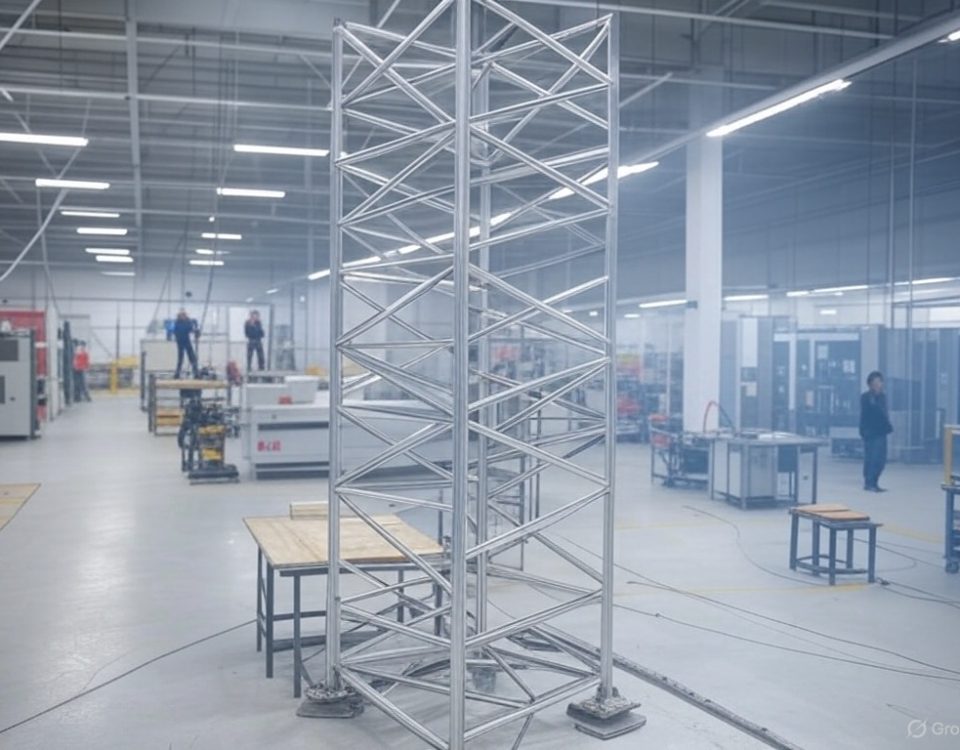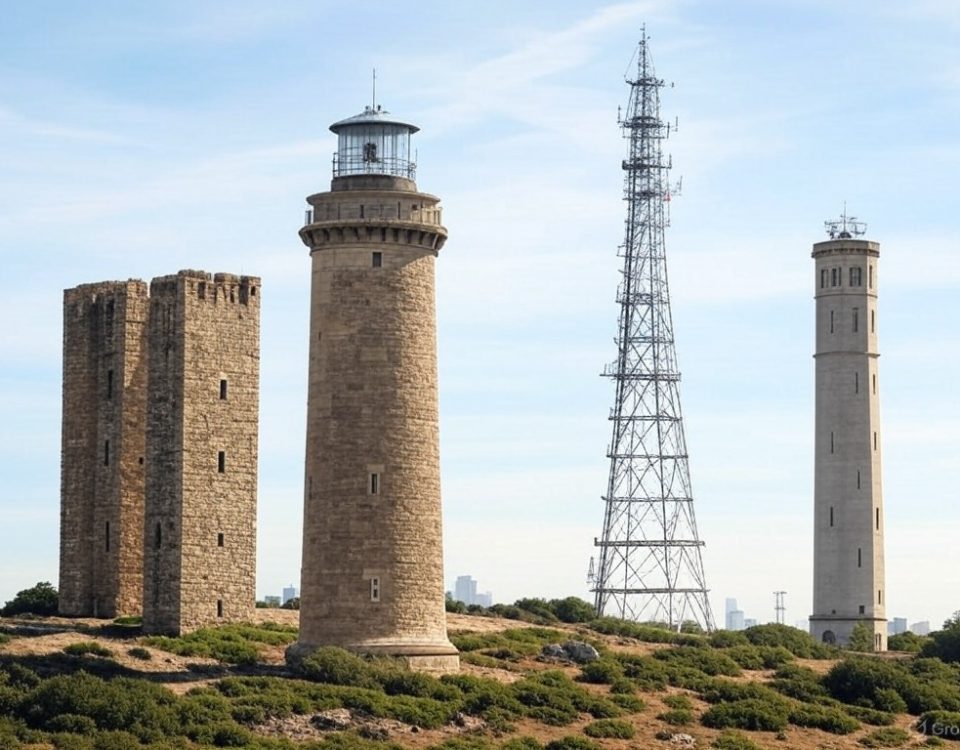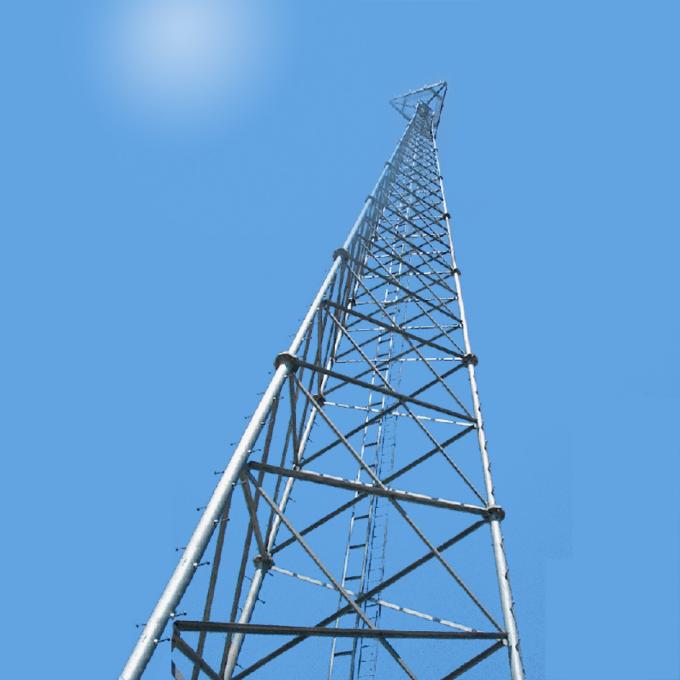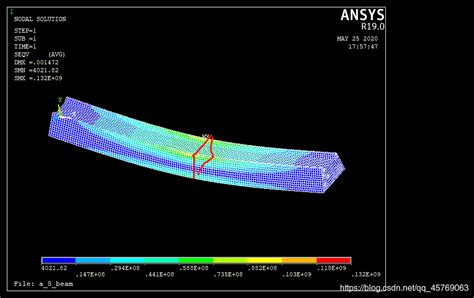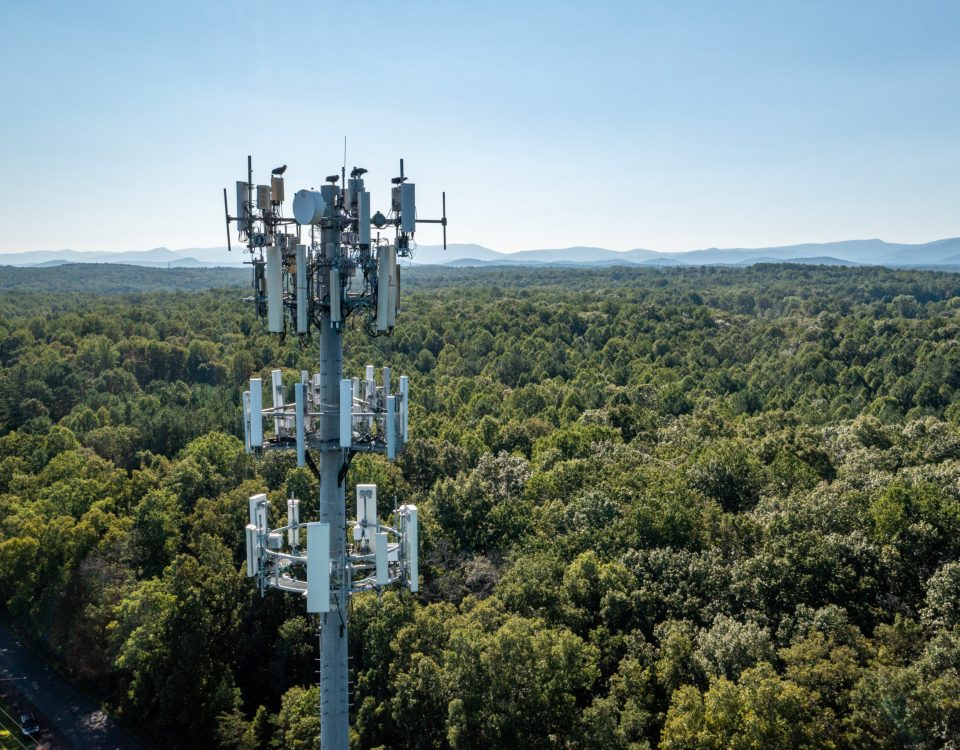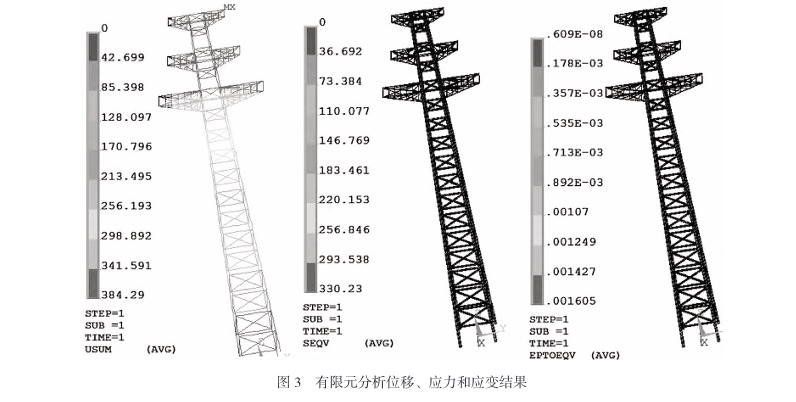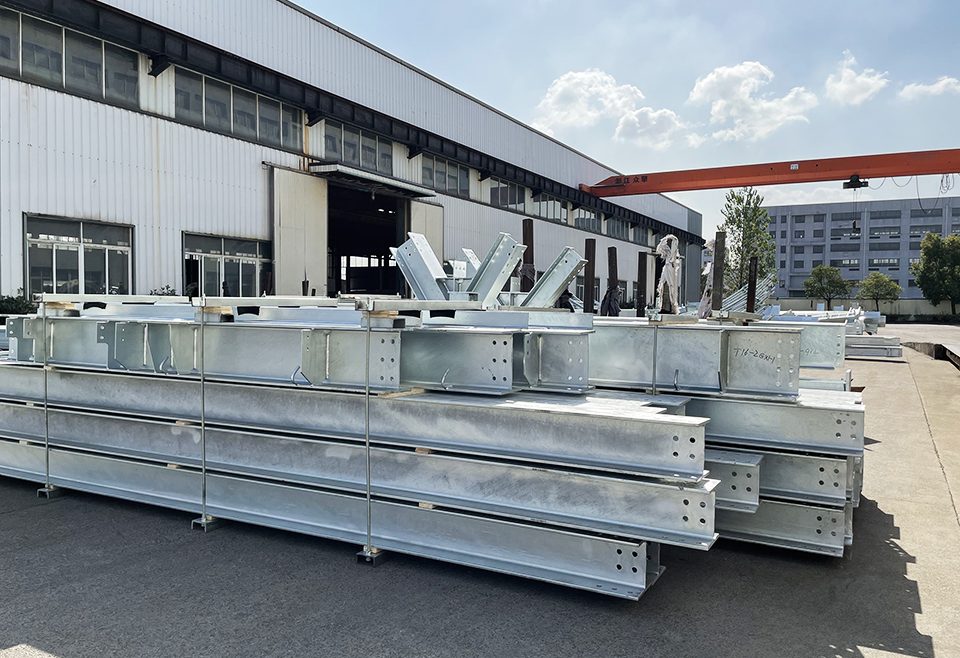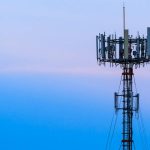
Principles of Retrofitting Wireless Base Station Towers
March 30, 2025Low-Temperature Mechanical Properties of Transmission Tower Materials
Experimental Study on the Low-Temperature Mechanical Properties of Transmission Tower Materials
Abstract
Transmission towers, critical components of power grids, are exposed to extreme environmental conditions, including low temperatures in cold regions, which can affect the mechanical properties of their materials. This article presents an experimental study on the low-temperature mechanical properties of steel used in transmission towers, focusing on tensile strength, yield strength, ductility, and impact toughness. Materials such as Q345B and Q420C high-strength steels are tested at temperatures ranging from 20°C to -45°C, simulating harsh winter conditions. Comparative tables provide data on mechanical performance, while the analysis explores the implications for tower design and safety in cold climates. The study highlights material selection strategies and future research directions to enhance the reliability of transmission towers as of March 22, 2025.
1. Introduction
Transmission towers support overhead power lines, ensuring the reliable delivery of electricity across vast distances. In regions with severe winters—such as northern China, Canada, and Russia—temperatures can drop below -40°C, challenging the structural integrity of tower materials. Low temperatures can induce brittle behavior in steel, increasing the risk of fractures and compromising tower stability. As global energy demands rise and climate variability intensifies, understanding the low-temperature mechanical properties of transmission tower materials becomes essential for safe and efficient power infrastructure.
This article details an experimental investigation into the behavior of commonly used steels (Q345B and Q420C) under low-temperature conditions. It examines tensile properties, impact toughness, and microstructural changes, comparing welded and non-welded samples. The study aims to inform material selection, design standards, and retrofitting practices for transmission towers in cold climates, providing a comprehensive resource for engineers and researchers.
2. Experimental Methodology
The experimental setup assesses the mechanical properties of transmission tower materials at various low temperatures. Key parameters and methods are outlined below.
2.1 Materials and Specimens
Two high-strength steels, Q345B and Q420C, widely used in transmission towers, were selected. Q345B offers a balance of strength and cost, while Q420C provides higher strength for demanding applications. Specimens included angle steel (main tower components) and welded joints, prepared according to ASTM standards.
2.2 Test Conditions
Tests were conducted at 20°C (baseline), 0°C, -20°C, and -45°C, reflecting typical and extreme winter conditions. A temperature-controlled chamber maintained precise conditions, with cooling achieved via liquid nitrogen.
2.3 Mechanical Tests
- Tensile Test: Measures yield strength (σ_y), ultimate tensile strength (σ_u), and elongation using a universal testing machine.
- Charpy Impact Test: Assesses impact toughness (energy absorbed) at a V-notch, determining ductile-to-brittle transition temperature (DBTT).
- Microstructural Analysis: Examines grain structure and fracture surfaces via scanning electron microscopy (SEM).
3. Experimental Results
Results from tensile and impact tests provide insights into low-temperature performance. Table 1 presents tensile properties, while Table 2 details impact toughness.
| Material | Temperature (°C) | Yield Strength (MPa) | Tensile Strength (MPa) | Elongation (%) |
|---|---|---|---|---|
| Q345B (Angle Steel) | 20 | 345 | 510 | 24 |
| 0 | 360 | 525 | 22 | |
| -20 | 375 | 540 | 19 | |
| -45 | 390 | 550 | 16 | |
| Q420C (Angle Steel) | 20 | 420 | 590 | 22 |
| 0 | 435 | 605 | 20 | |
| -20 | 450 | 620 | 18 | |
| -45 | 465 | 635 | 15 |
| Material | Temperature (°C) | Impact Energy (J) | DBTT (°C) |
|---|---|---|---|
| Q345B (Angle Steel) | 20 | 120 | -2.5 |
| 0 | 90 | ||
| -20 | 50 | ||
| -45 | 30 | ||
| Q420C (Angle Steel) | 20 | 140 | -32.3 |
| 0 | 110 | ||
| -20 | 80 | ||
| -45 | 45 |
3.1 Tensile Properties
Both Q345B and Q420C exhibit increased yield and tensile strengths at lower temperatures, a common behavior in steels due to reduced atomic mobility. However, elongation decreases, indicating reduced ductility. At -45°C, Q345B’s elongation drops to 16% (from 24%), while Q420C falls to 15% (from 22%).
3.2 Impact Toughness
Impact energy decreases significantly with temperature, reflecting a shift toward brittle behavior. Q420C maintains higher toughness at -45°C (45 J) compared to Q345B (30 J), with a lower DBTT (-32.3°C vs. -2.5°C), suggesting better cold resistance.
3.3 Welded Joints
Welded samples show slightly lower toughness due to heat-affected zones (HAZ). For Q345B welds, DBTT rises to -15.3°C, and for Q420C, it’s -6.8°C, indicating welds are more susceptible to brittleness.
4. Comparative Analysis
Table 3 compares Q345B and Q420C with alternative materials like Q235 (low-strength steel) and aluminum alloy (e.g., 6061-T6) at -45°C.
| Material | Yield Strength (MPa) | Tensile Strength (MPa) | Impact Energy (J) | Cost ($/ton) |
|---|---|---|---|---|
| Q235 | 250 | 400 | 20 | 600 |
| Q345B | 390 | 550 | 30 | 800 |
| Q420C | 465 | 635 | 45 | 1000 |
| Al 6061-T6 | 280 | 310 | 60 | 2500 |
4.1 Strength and Toughness
Q420C outperforms Q345B and Q235 in strength and toughness at -45°C, making it preferable for extreme cold. Aluminum alloy offers superior toughness (60 J) but lower strength, limiting its use in heavy-load towers.
4.2 Cost-Effectiveness
Q345B ($800/ton) balances cost and performance, while Q420C ($1000/ton) justifies its higher cost with enhanced properties. Q235 ($600/ton) is cheaper but inadequate for cold climates, and aluminum ($2500/ton) is cost-prohibitive.
5. Discussion
5.1 Low-Temperature Effects
Low temperatures increase strength but reduce ductility and toughness, raising the risk of brittle fractures. Q420C’s lower DBTT makes it more resilient, particularly in regions below -20°C.
5.2 Weld Imperfections
Welded joints exhibit higher DBTTs, suggesting that welding techniques (e.g., preheating, filler selection) must be optimized to maintain toughness in cold environments.
5.3 Design Implications
Tower designs in cold climates should prioritize Q420C for critical components, with safety factors increased (e.g., 1.5–2.0) to account for brittleness. Regular inspections of welds are recommended.
6. Challenges
- Test Variability: Temperature control and specimen preparation affect consistency.
- Cost Constraints: Higher-grade steels increase project budgets.
- Field Conditions: Lab results may not fully replicate wind and ice loads.
7. Future Research
- Alloy Development: Explore steels with improved low-temperature toughness.
- Dynamic Loading: Test fatigue and wind effects at low temperatures.
- Coating Effects: Study galvanization’s impact on mechanical properties.
8. Conclusion
This experimental study reveals that low temperatures enhance the strength of Q345B and Q420C steels but reduce their ductility and toughness, with Q420C demonstrating superior cold resistance due to its lower DBTT. Comparative analysis positions Q420C as the optimal choice for transmission towers in harsh winters, balancing performance and cost. These findings inform material selection and design standards, ensuring the safety and reliability of power infrastructure in cold climates. Future research can further refine these insights, enhancing tower resilience as energy demands grow.
Related posts
The analysis of the bearing capacity of a power transmission line steel tower highlights the complexity and importance of structural and foundation design. By understanding the interplay of loads, material properties, and environmental factors, engineers can optimize tower performance and ensure reliability in power networks. Tables and case studies further illustrate best practices and design considerations.


